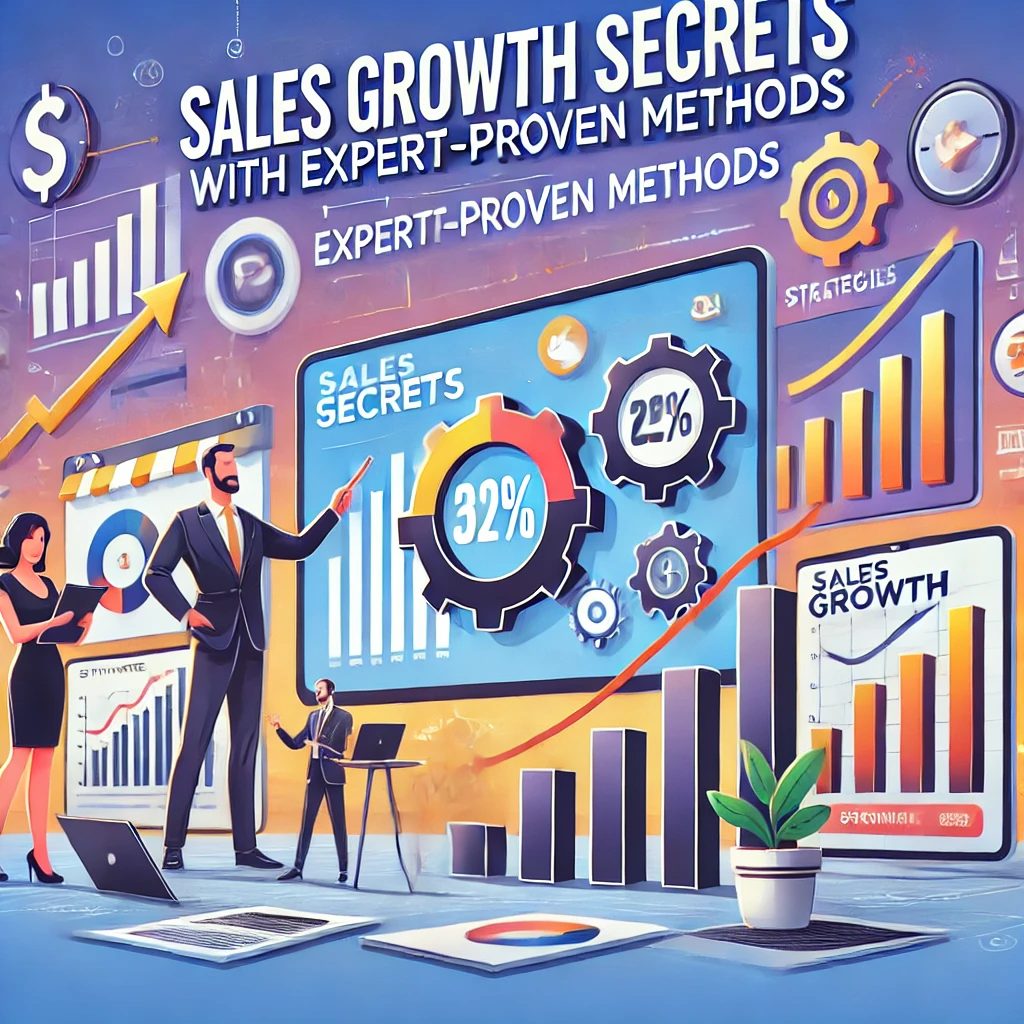Understanding the Power of Webinars in Marketing
In the digital age, webinars have emerged as a powerful tool in modern marketing strategies, offering businesses an innovative avenue to reach and engage their target audience. Webinars are live or recorded online presentations that facilitate interaction between presenters and participants, allowing businesses to deliver valuable content in a format that is both accessible and engaging. This unique combination of real-time interaction and visual engagement sets webinars apart from traditional marketing methods.
One of the most significant advantages of incorporating webinars into marketing strategies is their ability to increase reach. Unlike in-person events, webinars can attract a global audience, allowing businesses to connect with potential customers from various geographic locations. This expansive reach opens new channels for lead generation, enabling organizations to tap into markets that may have been previously inaccessible.
Direct engagement during webinars creates an opportunity for businesses to establish a personal connection with potential customers. This interaction fosters trust and establishes authority, which are critical components in the decision-making process for potential buyers. Through question-and-answer sessions and real-time feedback, companies can address specific concerns, showcase their expertise, and create relationships that are more likely to convert leads into sales.
Furthermore, webinars are a valuable medium for demonstrating products or services in real-time. By showcasing features, benefits, and use cases, businesses can provide an immersive experience that compels viewers to take action. Statistics indicate that organizations utilizing webinars within their marketing efforts witness significantly higher conversion rates, with some reports suggesting that up to 73% of marketers believe webinars are one of the best ways to generate quality leads. This compelling statistic reinforces the importance of incorporating webinars into an overall marketing strategy, ensuring businesses can capitalize on this effective tool.
Crafting Compelling Webinar Content
Creating compelling content for webinars is essential for engaging your audience and achieving desired outcomes, such as increased sales. The first step in this process is identifying your target audience. Understanding who they are, their preferences, and pain points allows you to tailor your content effectively, ensuring it resonates with participants. Conducting surveys or utilizing analytics from previous webinars can provide valuable insights into audience demographics and interests.
Once you’ve established your target audience, it’s crucial to design content that speaks directly to their needs. A successful approach often includes storytelling, as narratives can draw your audience in and make complex information easier to digest. Articulating real-life examples or sharing case studies related to your product or service can enhance relatability and foster a deeper connection with participants. Similarly, focusing on problem-solving by addressing common challenges faced by your audience can position your offerings as viable solutions, thereby enhancing the likelihood of conversion.
The educational value of your webinar content cannot be overstated. Offering actionable insights or expert tips fosters trust and establishes your authority within the industry. Structuring your webinar effectively increases the likelihood of engagement and information retention. Start with a strong introduction that outlines the session’s objectives, followed by organized segments that transition seamlessly from one topic to another. Utilizing visual aids, such as slides or infographics, can also help reinforce key points and maintain interest throughout the presentation.
To maximize impact, consider incorporating interactive elements like polls or Q&A sessions. These features not only encourage participation but also provide opportunities to clarify concepts and address concerns. Ultimately, well-crafted webinar content can attract an audience and significantly enhance the potential for converting attendees into loyal customers.
Promoting Your Webinar Effectively
To maximize attendance and engagement for your webinar, it is essential to implement a comprehensive promotional strategy that leverages multiple channels. Social media platforms, such as Facebook, Twitter, LinkedIn, and Instagram, serve as excellent avenues for reaching potential attendees. Creating tailored posts that highlight the key takeaways of your webinar can pique interest. Visual elements, including eye-catching graphics and engaging videos, should be utilized to enhance the appeal of your promotional content, making it more shareable among followers.
Email marketing remains a powerful tool in webinar promotion. Developing a targeted email list ensures that your messages reach individuals likely to be interested in the topic. Crafting a series of emails with compelling subject lines can effectively entice recipients to register. The initial email should provide all necessary details, like date, time, topics, and registration links. Follow-up reminders, sent a few days before the event, can reinforce the webinar’s value and encourage last-minute sign-ups.
Partnerships can also contribute significantly to extending your promotional reach. Collaborating with industry influencers or related organizations can introduce your webinar to their audience, effectively broadening your potential attendee pool. This strategy may involve co-hosting the session or simply promoting each other’s events, which can be mutually beneficial for both parties.
Engagement tactics, such as countdown timers and reminder emails, are crucial for maintaining excitement about the webinar. A countdown timer displayed on your landing page fosters anticipation, while reminder emails strategized for specific intervals—like one week and one day before the event—ensure your audience remains engaged and eager to participate. By combining various promotional techniques, you can successfully drive higher registration numbers and participation rates in your webinar.
Analyzing Results and Refining Future Webinars
To ensure the continuous improvement of webinar effectiveness and marketing strategies, it is crucial to conduct a thorough analysis of the results following each session. This process begins with gathering relevant key performance indicators (KPIs) that allow marketers to measure their effectiveness accurately. Attendance rates provide insight into how well the promotional efforts resonated with the target audience. Tracking the number of registrants versus actual attendees can highlight the effectiveness of reminder emails and promotional strategies used leading up to the event.
Engagement metrics serve as another vital component of KPI analysis. These could include participation in polls, questions asked during the session, and time spent watching the webinar. High engagement levels typically indicate a successful delivery of content that resonates with the audience. On the flip side, low engagement signifies the need for refinement in the content delivery or overall webinar format. Measuring conversion rates, which reflect the number of attendees who take the desired action post-webinar, is essential to assess the financial impact and profitability of the session.
Collecting attendee feedback is equally important in understanding participant experiences. Surveys or feedback forms can provide qualitative insights that numbers alone cannot convey. Questions should explore various aspects of the webinar, such as content relevance, delivery effectiveness, and areas for improvement. By integrating this feedback into future planning, marketers can create improved and more personalized experiences for their audience.
Overall, embracing a mindset of continuous learning from each webinar enables marketers to optimize their strategies effectively. Analyzing the gathered data, understanding attendee feedback, and refining approaches will lead to enhanced sales performance and ultimately improve future marketing efforts. These actions will not only lead to more engaging webinars but will create a cycle of growth and success within the organization.


